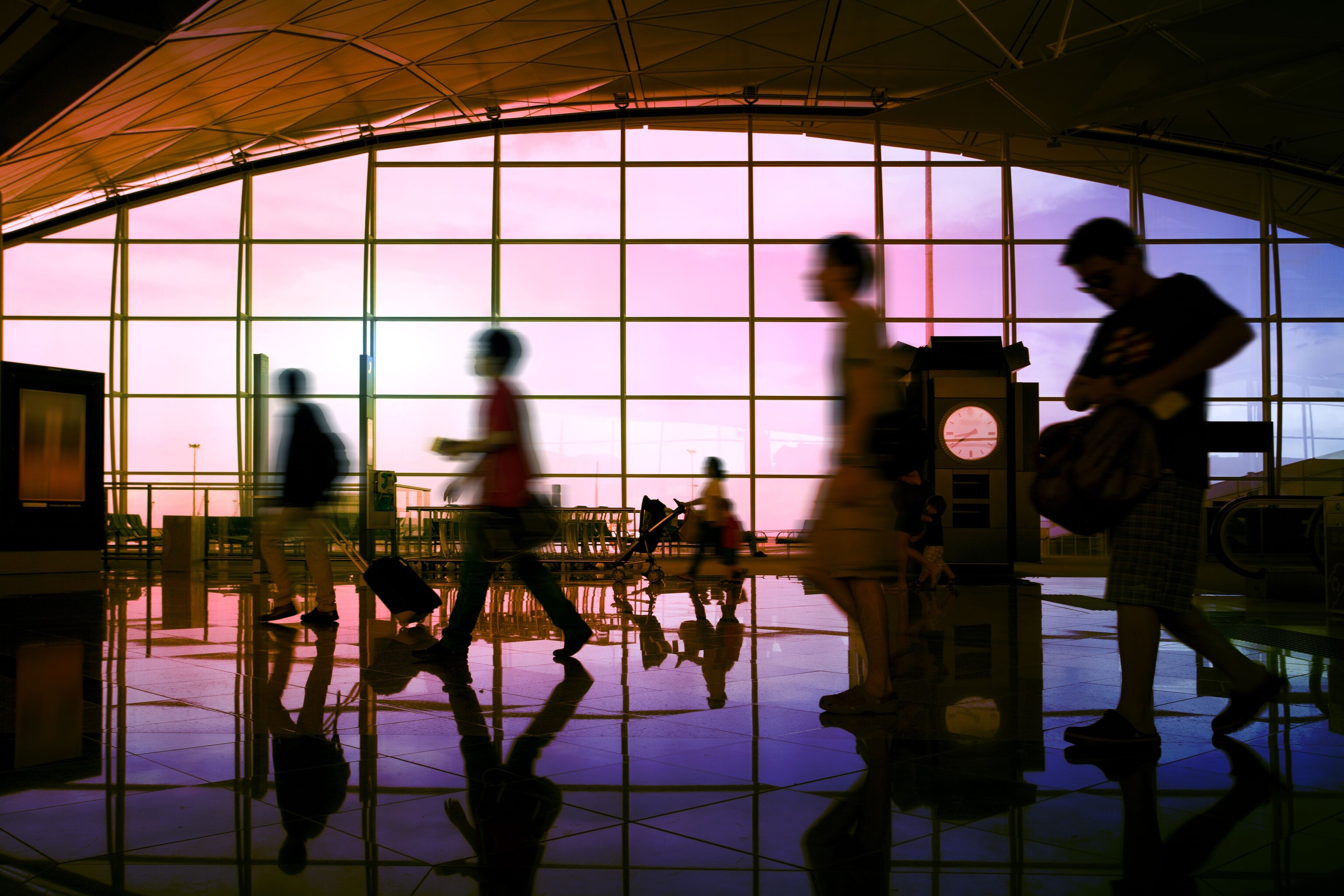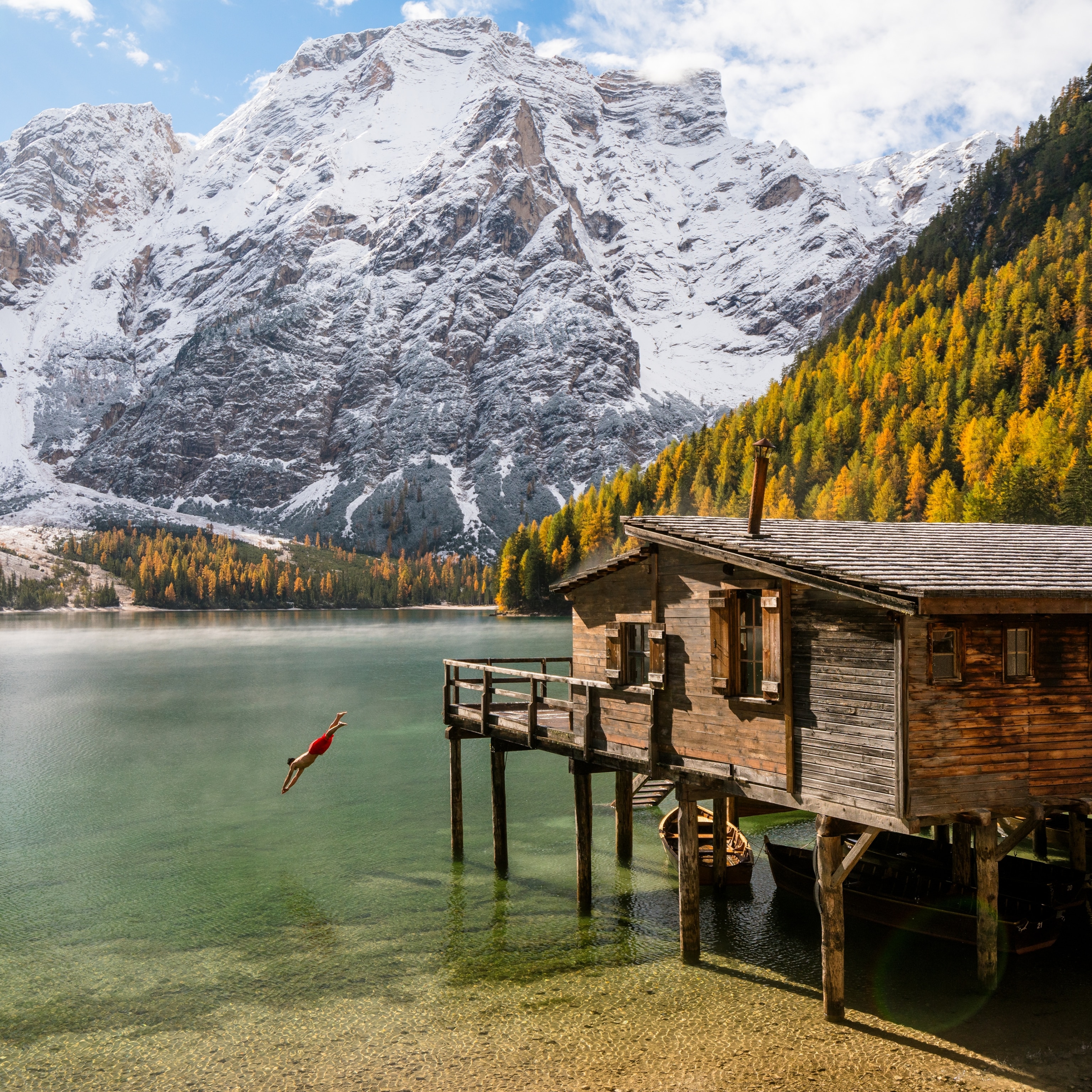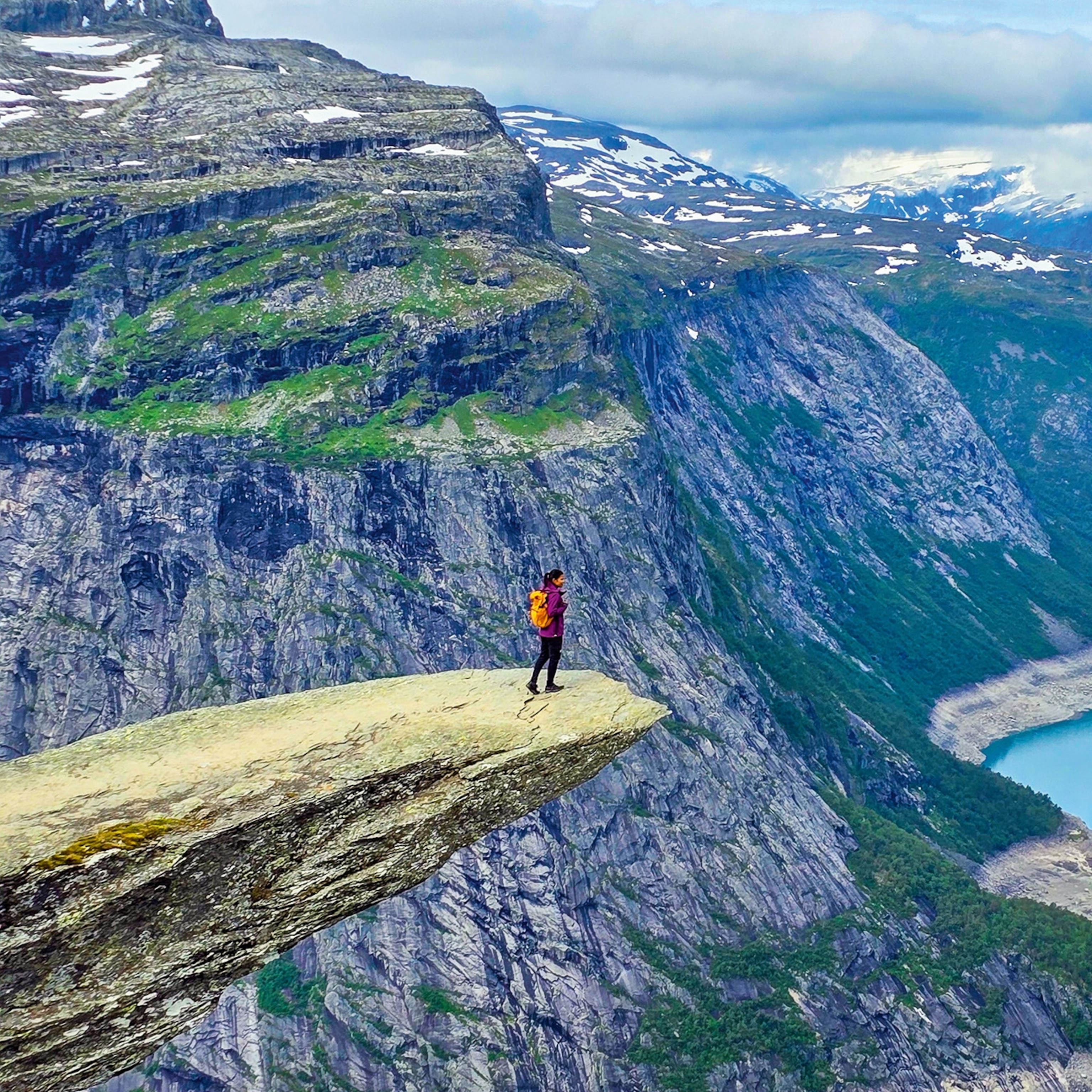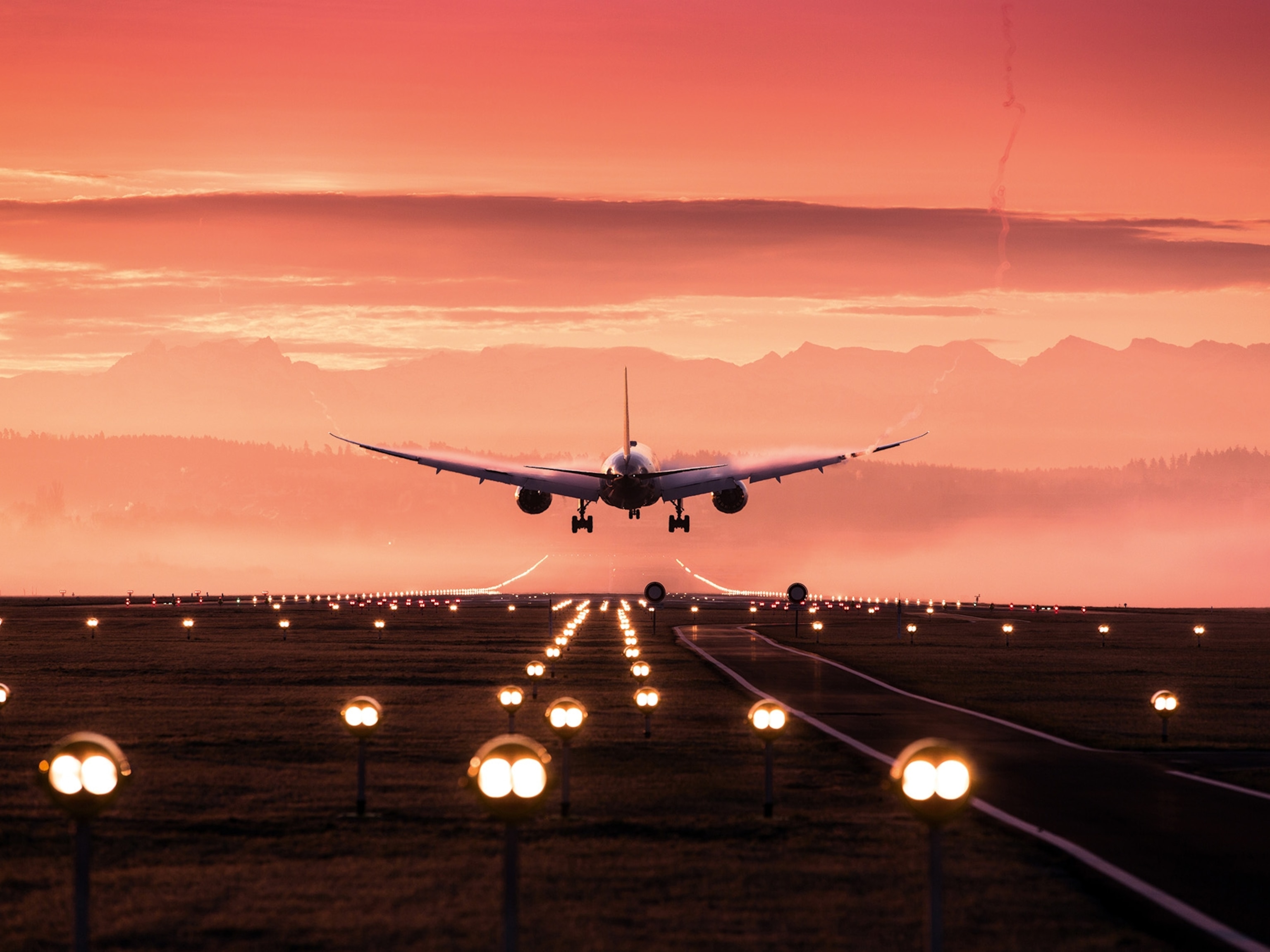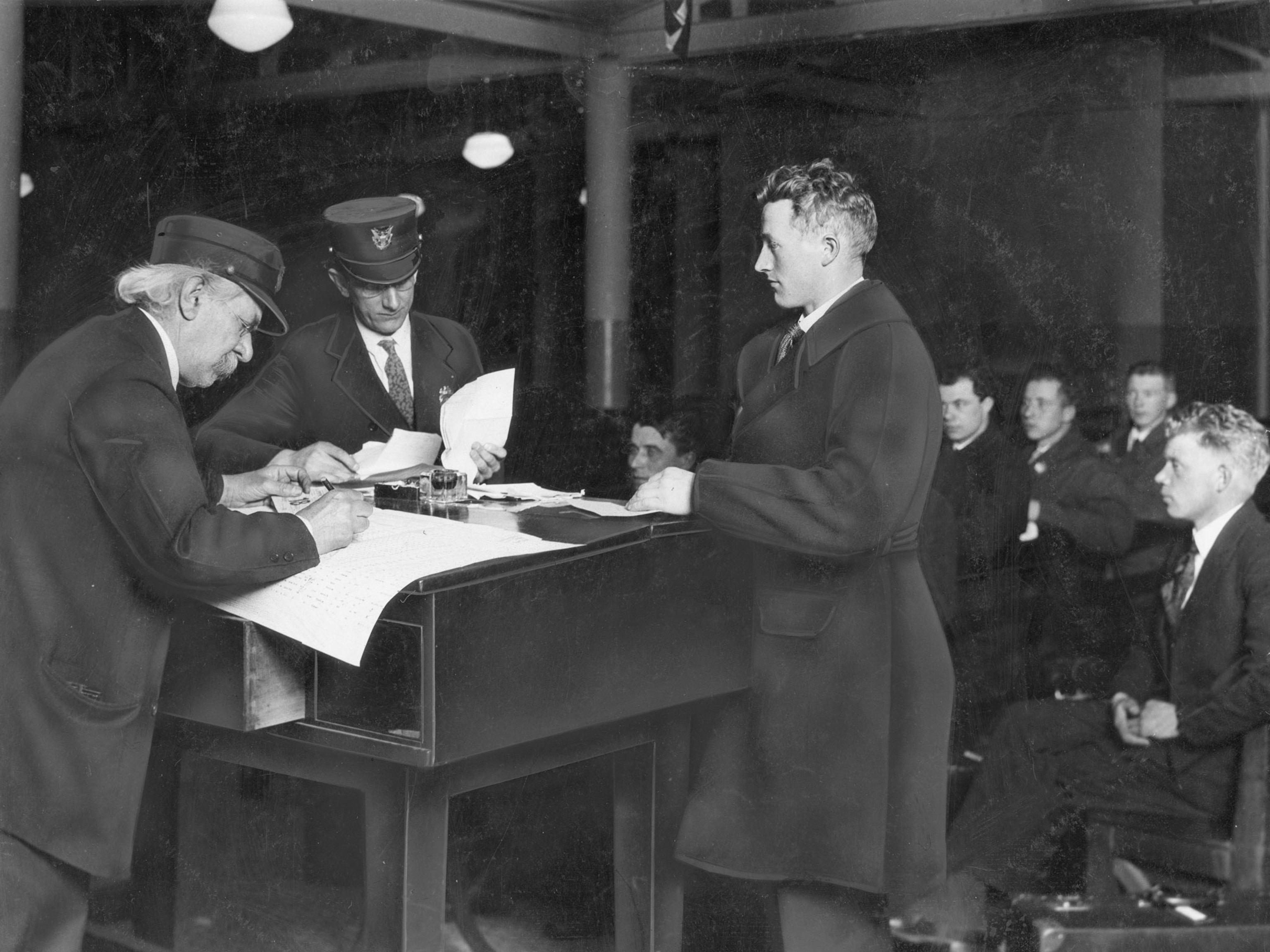Flying is back. From San Francisco to Singapore travelers are buckling up and taking off again. Protective face masks are still required, but behind them are the smiles of flight crew and airport personnel eager to reconnect with returning customers and welcome them after such a long absence. Airline passengers will discover change is in the air—and on the ground.

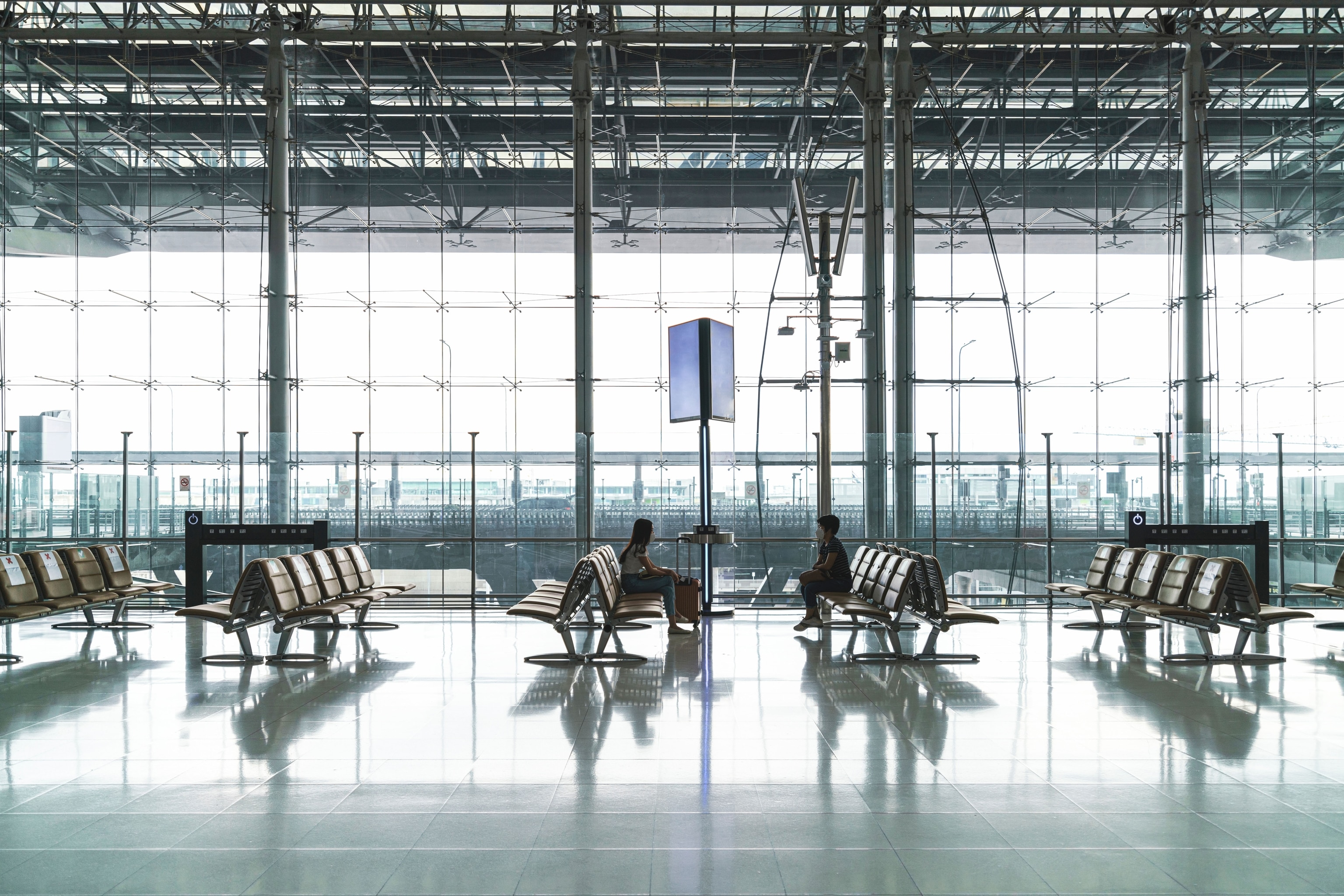
Arrive at a terminal today and you’ll find travel being reimagined. The airline industry responded to the COVID-19 challenge in a variety of resourceful ways to make flying safer and provide their passengers with additional peace of mind. Protocols like Vaccinated Travel Lanes (VTLs) are being established to speed international travel. Such agreements are now in place between Singapore, the United States, Canada, United Kingdom and many European Union countries. On board planes, tech-driven solutions to decrease the spread of germs are also improving passenger experiences. This new approach is already making use of smartphone apps to support many inflight services. Peer into the future and even more innovation is coming—from easier security clearances to "hands-free" roller bags. Meanwhile the traveling public is returning with new expectations of their own—especially about climate change. Airlines and aviation authorities are listening. They responded to concerns about the warming planet by rolling out a raft of sustainable initiatives from revitalizing local ecosystems to carbon-offset programs for their passengers.
Of course, the pandemic restrictions and health protocols are still with us. But airlines are working with their governments and airport authorities to decrease the wait, or “friction,” inherent in travel bottlenecks such as boarding lines, health screenings and quarantines while helping to insure everyone stays healthy. Other mitigation efforts are becoming automated. In Pittsburgh and Cincinnati’s airports, robotic cleaners are being deployed to tirelessly scan and scour terminal floors. Some of these automated janitors even apply ultraviolet light to zap germs and viruses. Still, the human factor remains important in the fight against infections. Besides establishing VTLs, many airlines such as Singapore Airlines have issued vital vaccine protocols for staff and employees resulting in vaccination rates well over 90 percent for pilots and cabin crew. Once on board, passengers can literally breathe easier in another way. Modern jetliners come equipped with advanced High Efficiency Particulate Air (HEPA)- filtration systems meaning cabin air is refreshed about every two to three minutes—more often than a neighborhood supermarket.
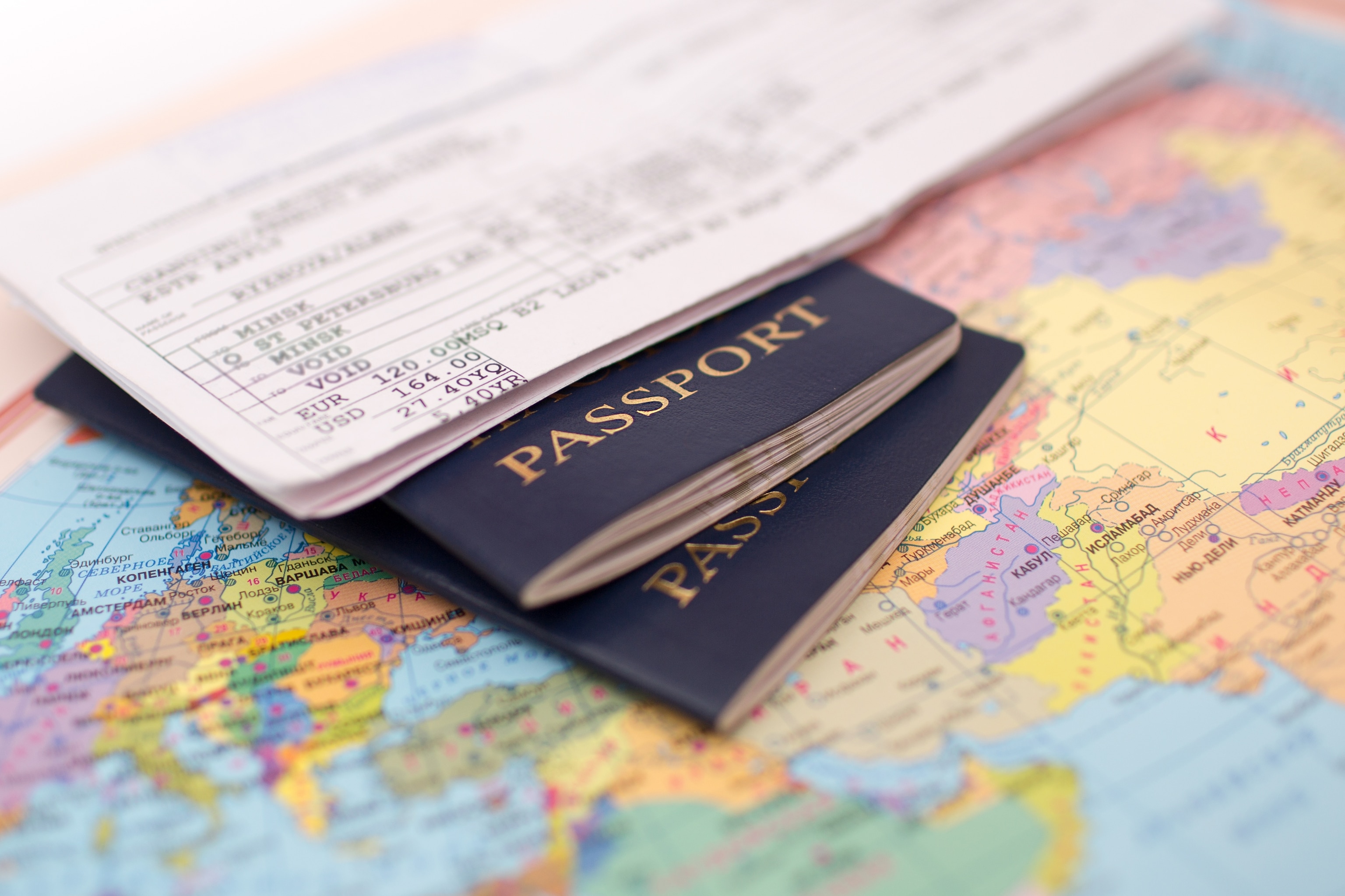
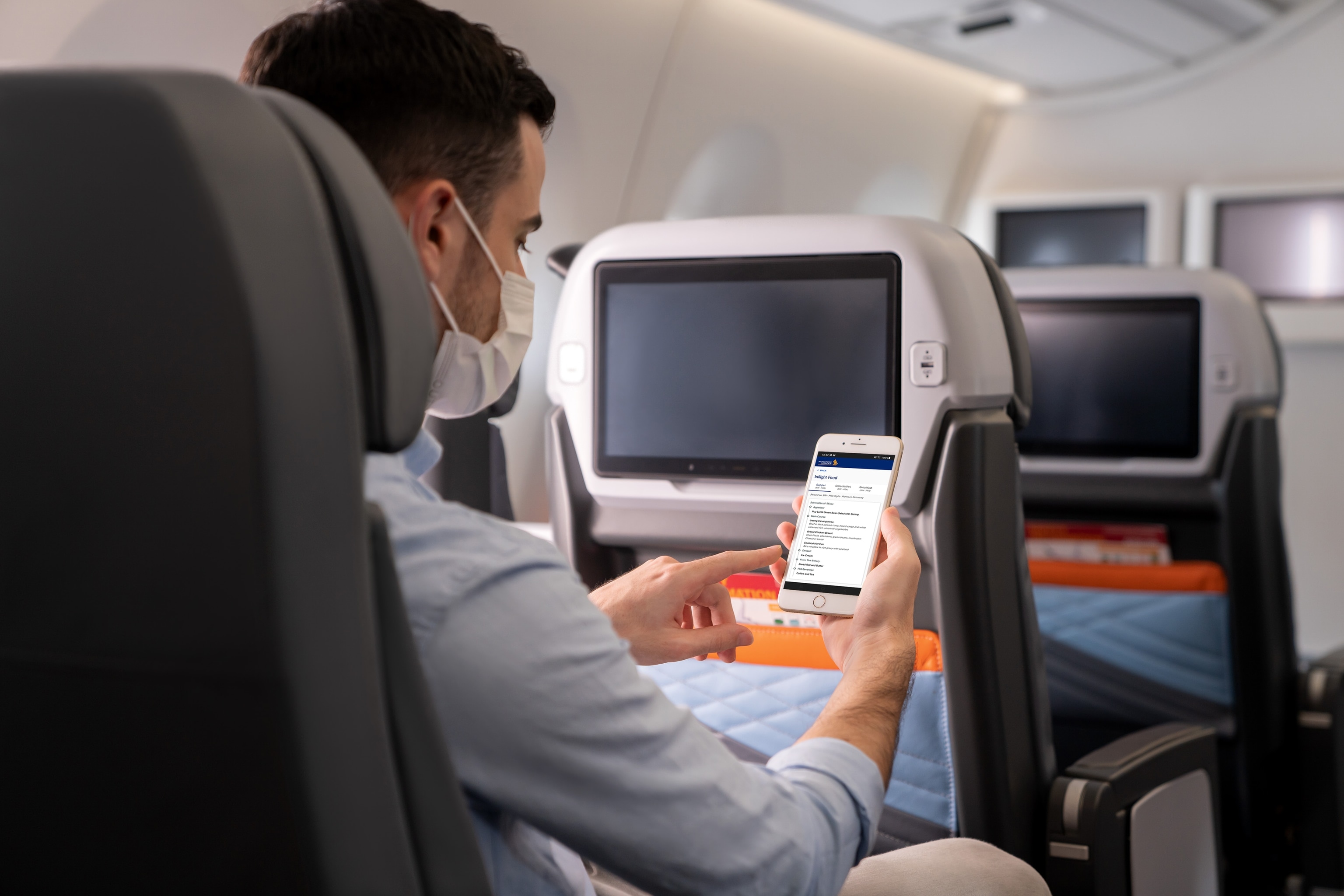
The new advances extend beyond health concerns to all aspects of travel. Phone apps make it possible for travelers to change their flights, literally, on the fly, while hungry passengers can use them to order meals hand delivered to their gate at a host of airports. Up in the air, new innovations in inflight communications platforms benefit flyers by constantly updating flight crew with the latest weather conditions to help them avoid turbulence and smooth out the ride.
These are solutions the industry is adopting now. On the horizon loom even cooler possibilities. In the future airports can be equipped with biometric systems imbedded in terminal walls that automatically identify trusted travelers, know their flights and allow them to walk unimpeded from the check-in counter to their gate and even through customs and security, rendering your physical passport a quaint souvenir of a bygone age. In addition, biometrics can deploy thermal scanning to identify passengers with fevers or colds and direct airport medical personnel to come to their assistance.
Airlines are even planning for the day when touchless displays and panels will enhance or replace traditional cockpit flight instruments. Sometimes labeled artificial intelligence, or “AI,” these automated flight management systems will calculate the best speed and flight path to ensure an on-time, or even earlier, arrival no matter how far your destination. Meanwhile, luggage designers are rethinking the most pedestrian of travel accessories—the ubiquitous roller bag. In the future Bluetooth and other tethering systems could link a wheeled carry-on to a passenger’s smartphone. The bag would follow behind her like a faithful Golden Retriever.

Such remarkable enhancements promise to transform travel, but change must also be a two-way street. Passengers and employees, worried about their warming planet, are demanding the travel industry adopt more sustainable practices to combat climate change. Increasingly their concerns are being heard. Singapore’s famed Changi Airport, home to the iconic Jewel, provides a good example of how environmental practices are woven into its very structure. Its terminal buildings are filled with more than a half million plants to filter the air and provide oxygen while computerized skylights are automatically opened or closed to increase light or decrease heat. Other green initiatives aren’t always visible to travelers, yet across the globe the aviation industry is responding to their concerns with programs designed to tackle long-term environmental challenges. In the waters just beyond some of its runways, the Airport Authority of the Hong Kong International Airport (HKIA) has begun two marine sustainability pilot projects that create artificial reefs and recreating natural shellfish habitat. In June 2021 Singapore Airlines unveiled a new initiative to help its passengers offset their own carbon footprint. The airline’s voluntary program gives customers the opportunity to purchase carbon offsets on a dedicated online microsite. The monies go to trustworthy projects across Asia, including one in the rainforests of Kalimantan, Indonesia to help local communities protect the endangered Bornean orangutan, one of the most threatened primates on the planet.
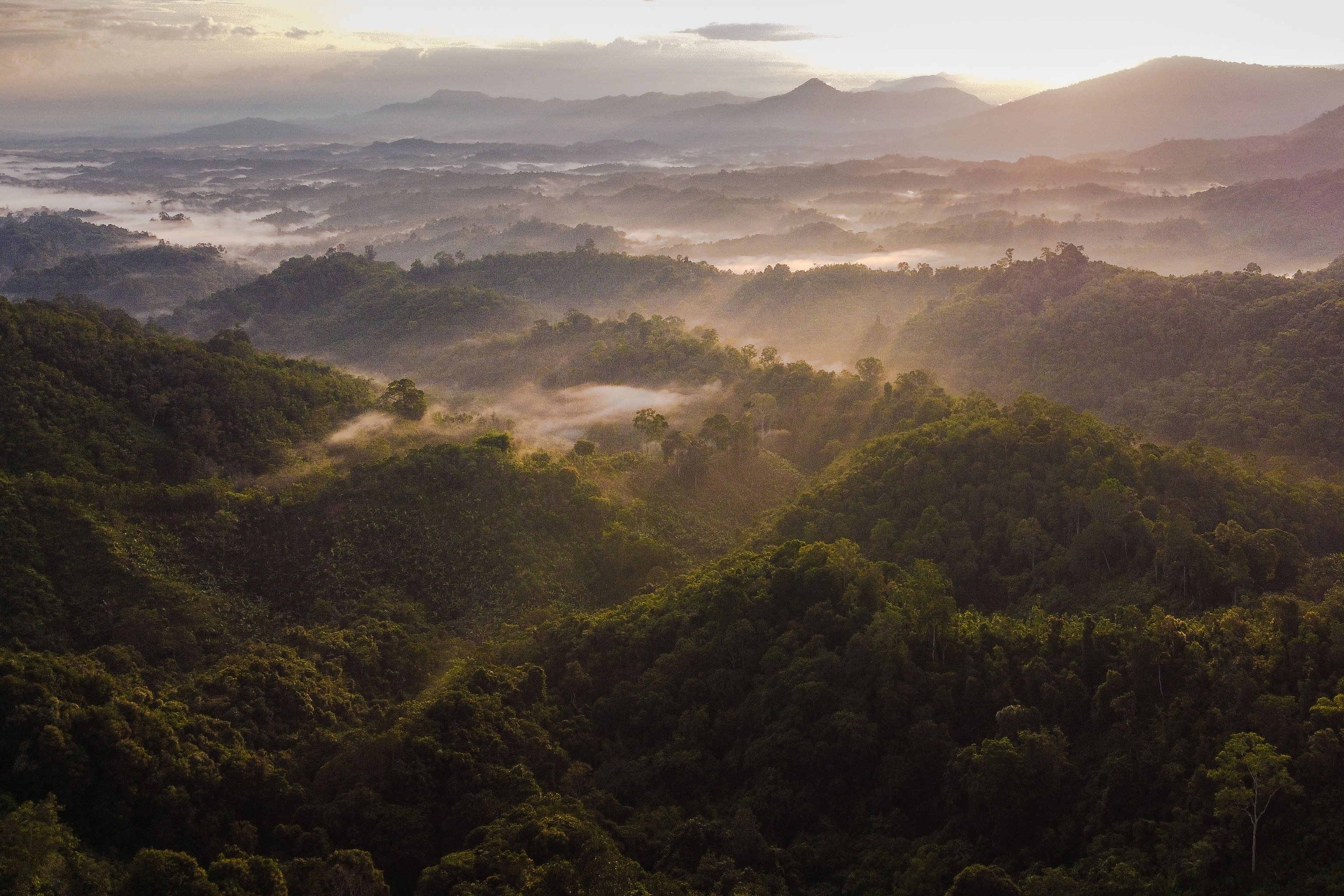

Expect the progress to continue. While the past 18 months tested passengers in ways big and small, the response to those challenges has been new procedures, technologies and solutions for passengers while speeding them towards an exciting future. When you’re ready to return you’ll discover air travel has been worth the wait. Welcome back.
Explore destinations worth voyaging to, on flights worth waiting for. Visit the Singapore Airlines website.
